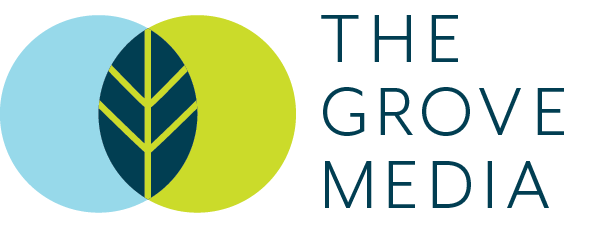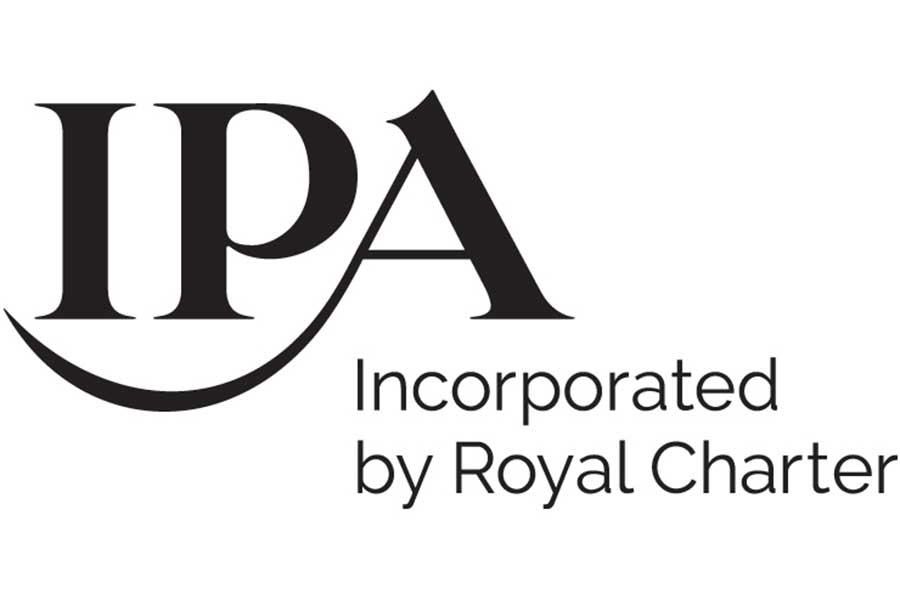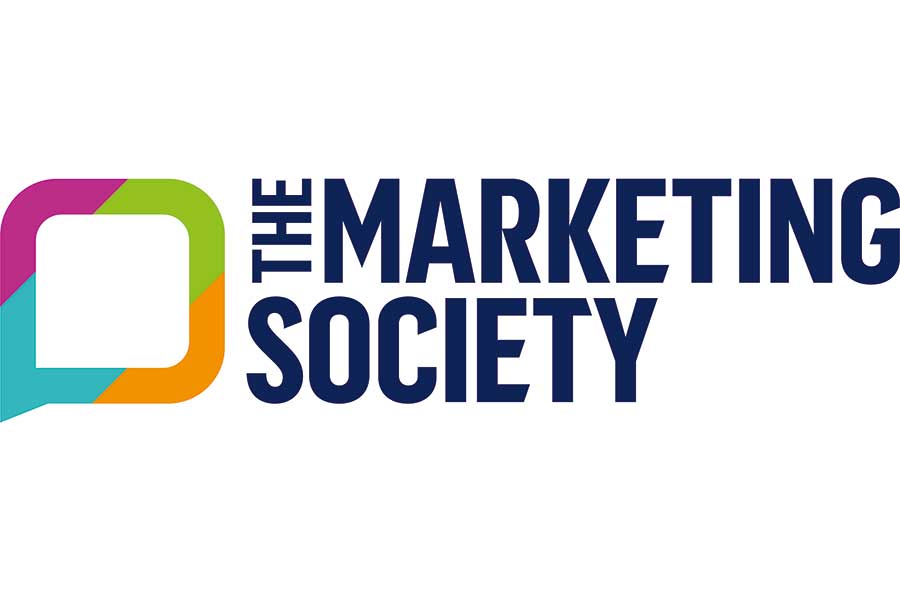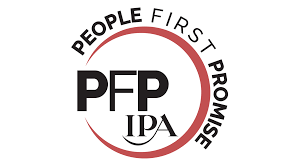by Suzana Lay, Planning Director, The Grove Media
Many in marketing are still exploring how generative AI and AI agents can be used effectively in media and advertising. But now all the talk is agentic AI, so you could be forgiven for struggling to keep pace with such rapid change.
Unsurprisingly, there are stats aplenty to support the anticipated growth of agentic. The global agentic AI market is set to grow from around $13.81bn in 2025 to $140.80bn by 2032. But don’t get too carried away. Gartner predicts that 40% of agentic AI projects will be cancelled by the end of 2027, due to high cost, unclear ROI, or weak governance.
Nevertheless, agentic AI is set to have a significant impact on advertising and media. So, it’s vital to stay on top of what’s happening. That’s what we’re doing at The Grove Media. And as ever, we’re taking a real world media approach to how things are changing – we’re big believers in human-led AI. So, we’ve put together our answers to questions that clients are asking us right now and maybe one or two they haven’t thought of yet.
What is agentic AI and how does it differ from generative AI and AI agents?
Generative AI is used to create new content — such as text, images or video — by learning patterns from existing data, typically via a large language model (LLM).
An AI agent – such as ChatGPT or CoPilot – uses generative AI to perform specific tasks from human prompts, such as search, answering questions and content creation.
Agentic AI takes things further. It’s where multiple AI agents work together to complete complex tasks, with little human oversight or intervention.
Think of it as the difference between a task specialist and a project manager, who can coordinate, plan, execute and learn with minimal input.
How might marketers make use of agentic AI?
Agentic AI has the potential to connect currently siloed tools, allowing AI to make decisions and take actions across channels and platforms.
Frankly, it’s both a compelling and an alarming prospect: intelligent systems that actively pursue goals, adapt to data in real time and manage everything across multiple functions.
In theory, the potential is huge: dynamic budget allocation, cross-channel campaign optimisation, always-on testing and learning, audience discovery and enrichment, performance reporting and insights generation and even autonomous creative execution.
But for marketers, the opportunity isn’t to step back, but to step up, designing the rules and ensuring that the AI acts in line with the brand strategy.
How could consumers use agentic AI?
Clearly if brands are going to make use of agentic AI, so will consumers: personal shopping agents, integrated into retail apps or voice assistants, connected to multiple retailers, potentially making brand choices and purchases without direct human intervention. In this scenario, brand and product marketing shifts from influencing humans to influencing the AI agents that represent them .
This is already happening. Tools like OpenAI’s Atlas and Google’s AI Mode are reshaping how consumers discover and evaluate brands, condensing research into a single conversational result. The focus for marketers will evolve from SEO to AI salience, ensuring your brand is one the algorithms recognise, trust, and recommend.
What about media agencies, will they use agentic AI?
At The Grove, we firmly believe in human-led AI. This means staying in control, and using AI to enhance our expertise, not replace it.
It’s still early days, but media agencies might soon use agentic AI for adaptive budget management, cross-channel orchestration, proactive media opportunity identification, faster reporting and insight generation, scenario simulation and forecasting, and compliance and brand safety monitoring. AI can accelerate the work, but we will still need people to provide judgement, creativity and accountability.
I guess the big tech platforms will be all over agentic AI?
The major platforms are always at the forefront of technological change. Meta is reportedly testing AI agents that can build creative, target audiences and optimize campaigns to create a fully automatic campaign workflow. Amazon is also leveraging agentic AI across creative, targeting and optimization.
Surely, there’s the potential for real problems with agentic AI
In a word, yes. As with other areas of AI development, we’re seeing agentic ‘hallucinations’. Potentially these could cause advertisers to make decisions based on incorrect data, leading to wasted spend or, worse, brand reputational damage. Despite how advanced the technology is, agentic AI still lacks the ability to reason and understand context, which is why governance and human oversight remain vital.
As a marketer, what should I do next?
The key right now is to stay informed, experiment carefully, and apply real-world media thinking as AI evolves. The real value in AI lies not in replacing strategy and creativity but in accelerating the mundane tasks that previously constrained those important activities. This is what human-led AI is all about.
As with all new technology, the smart approach is to test and learn. Start small, then scale out and lean into your partners who are already pushing forward with agentic.
And, remember, in a world where the algorithms are moving at the speed of light, it is the power of brand that will remain the ultimate differentiator.
Photo by Immo Wegmann courtesy of Unsplash










